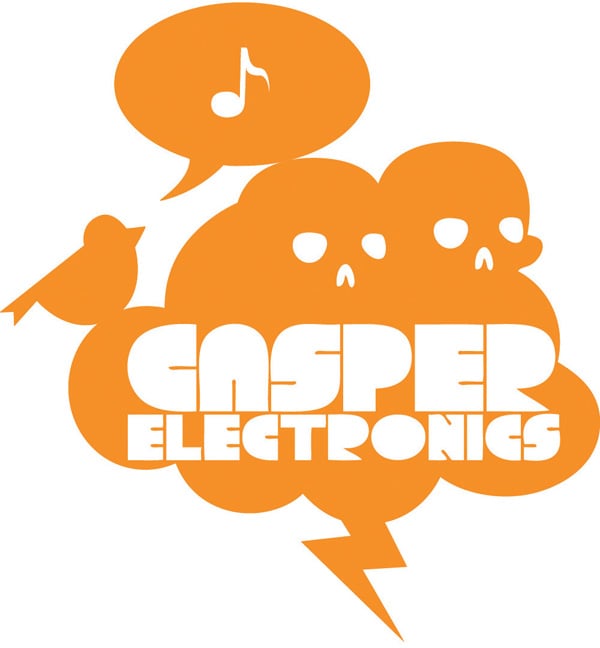“The Friendly Ghost in the Machine”
Casper Electronics is less a company more than it is an ethos encompassing the many ventures of its creator Peter Edwards. Instead of creating a line of many different tools, Casper Electronics has focused on creating an adaptable art tool that facilitates experimentation and creation across varying mediums. The company was born from Edwards’ love of circuit bending and experimenting with electronics.
For several years he made and circuit bent custom instruments for clients until he developed his mass producible machine, the DroneLab. A synth that specialized in creating textured drones, the DroneLab became quickly popular, but Edwards eventually saw too many limitations in his first design to continue production despite a dearth of orders. So he asked his partner to help him redesign it, and from that collaboration came the NovaDrone.
For more, visit casperelectronics.com.
REVIEW: NovaDrone
Starting at $200 fully assembled and tested; kits starting at $100
Part synth, part lightshow, easily hackable, and completely open source, the NovaDrone is a tinkerer’s dream come true. At first glance, it’s a noise machine with a changing light on top, but take a moment to look deeper and becomes much more. It’s easy to play with the 12 potentiometers and 10 switches to control the six oscillators routed through a 1/4” output to create densely textured drones and change the color of the LED.
Next, take out your camera phone and hold it up to the LED; you’ll see the screen turn into a wild mass of disjointed colors revealing the NovaDrone’s hidden second life as a light synthesizer. More hidden talents are revealed when you take the Casper ethos of experimentation to heart and play with the breadboard attached to the bottom of the NovaDrone, or, as its creators call it, the “Adventure Board,” where nine oscillator sync inputs, six frequency modulation inputs, fifteen voltage outputs, and three high current outputs for controlling LEDs are all within reach.
“We wanted it to be easily accessible by giving users many points of entry into the circuit,” Edwards says. “We want to see users do things we never imagined.”
